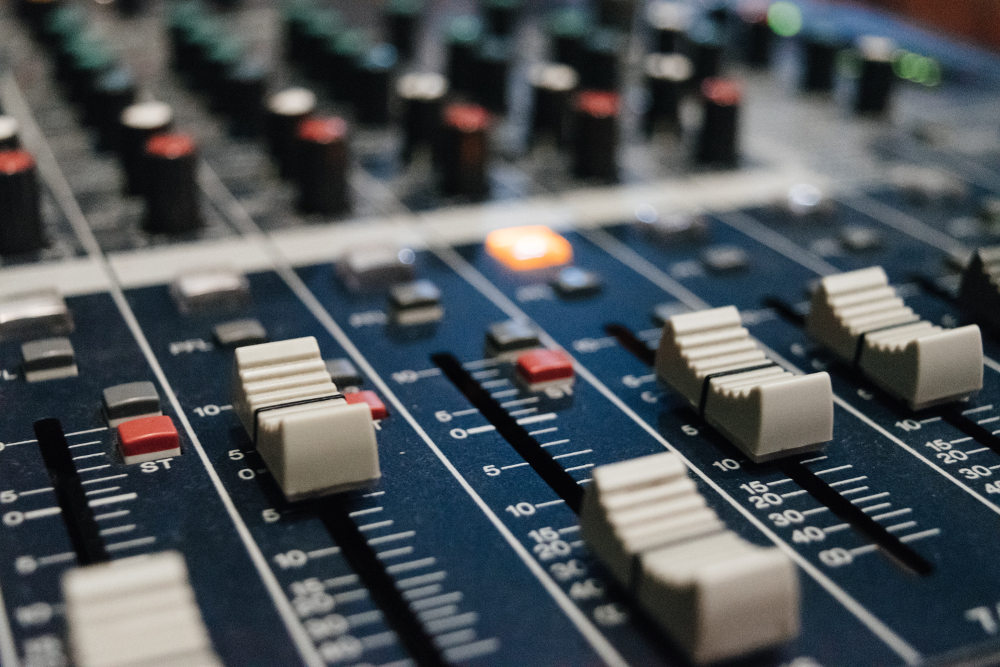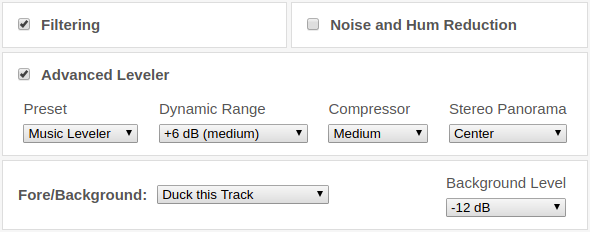We are pleased to announce the integration of Microsoft's cloud service
OneDrive
as
External Service
for
incoming and outgoing file transfers
to/from Auphonic.
OneDrive is tightly integrated with the
Microsoft Office 365
productivity suite and offers 5 GB of free storage in its
Basic plan,
with multiple paid plans for more storage and features available.

The integration is very similar to our Dropbox or Google Drive interface and is described below.
Connect Your OneDrive Account to Auphonic
To start using OneDrive with your Auphonic account, you must first set it up as an external service: go to our ...




 Photo by
Photo by  Resist the loudness target war!
(Photo by
Resist the loudness target war!
(Photo by 

